TIMBER GRADINGS
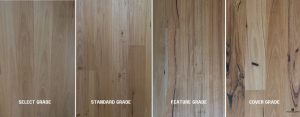
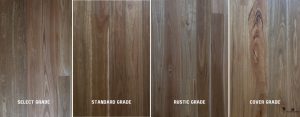
Terminology & Grade Descriptions
Grades are used to distinguish the level of natural features in timber and assist you in deciding on the appearance and look you are trying to achieve.
There are many grades in the market and we have done our best to describe and group them in to categories. Different mills and suppliers can have different interpretations and names for the Grades outside of the True Grading System from the Australian Standards - AS 2796.
It is best that you inspect the timber and understand the grading before you purchase.
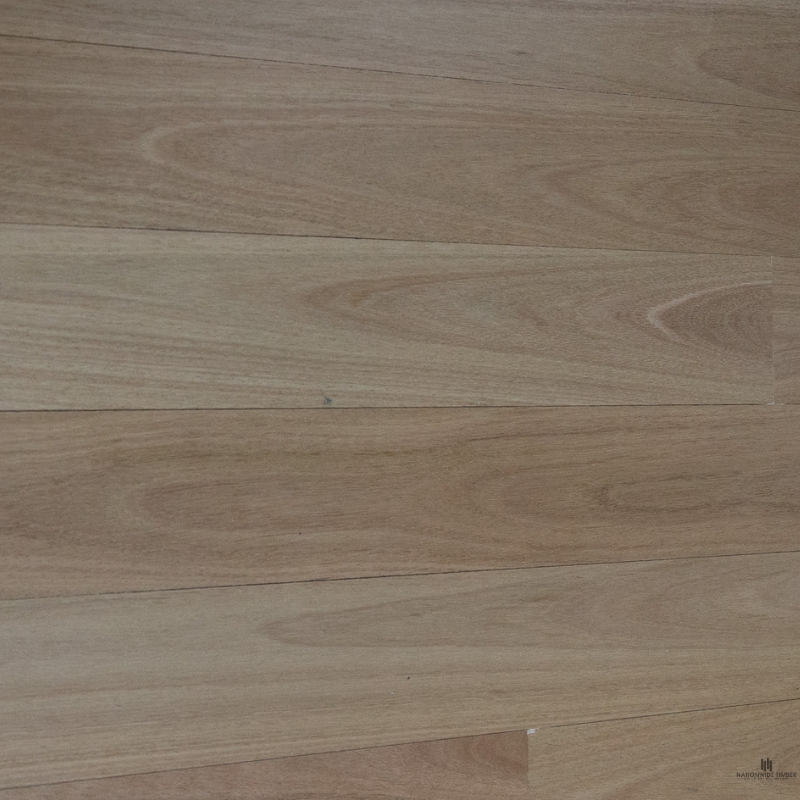
Blackbutt Select
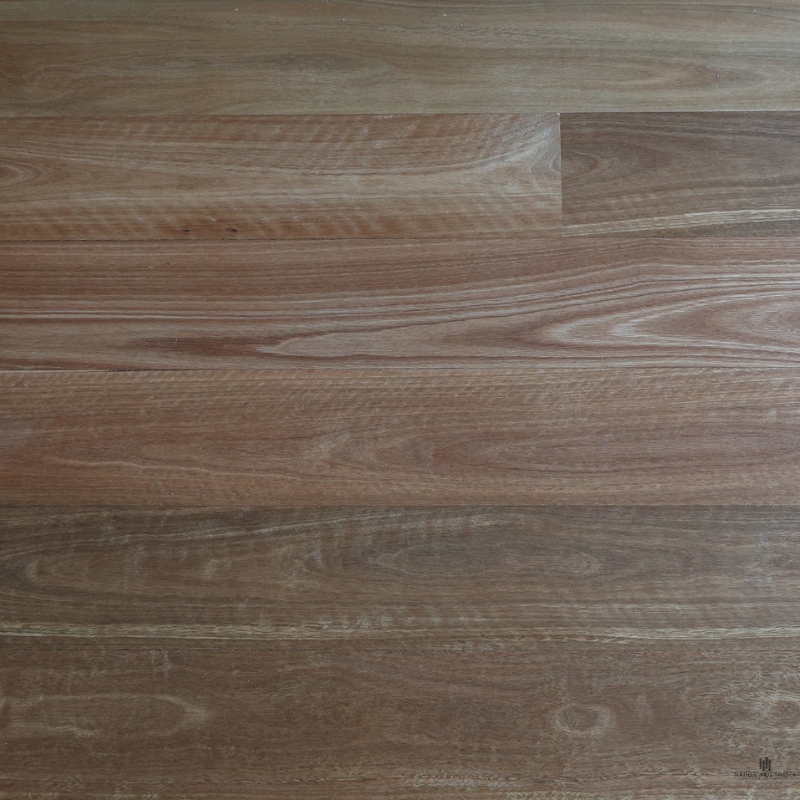
Spotted Gum Select
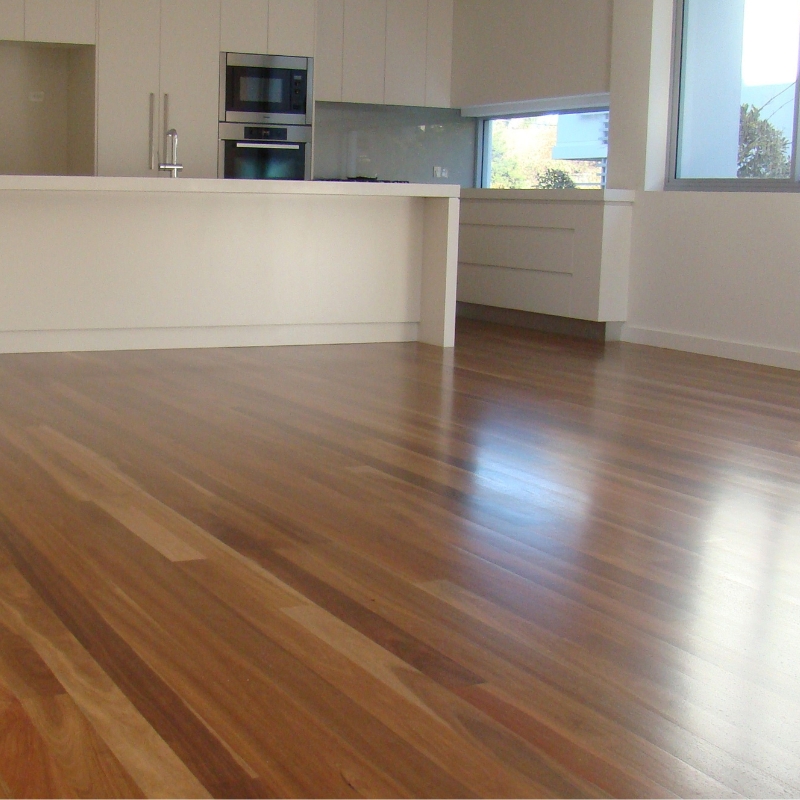
NSW Spotted Gum Select
Select Grade
AS 2796
Providing a floor where the feature present or natural discolouration will not dominate the appearance of the floor. Features that are permitted still include short narrow gum veins, a limited number and size of past borer activity and small tight knots.
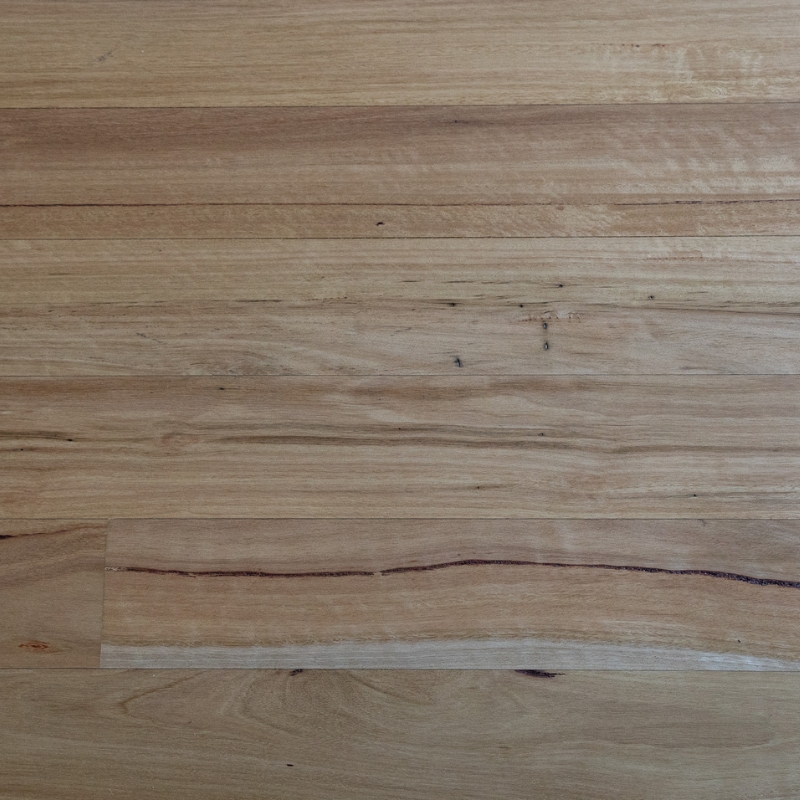
Blackbutt Standard
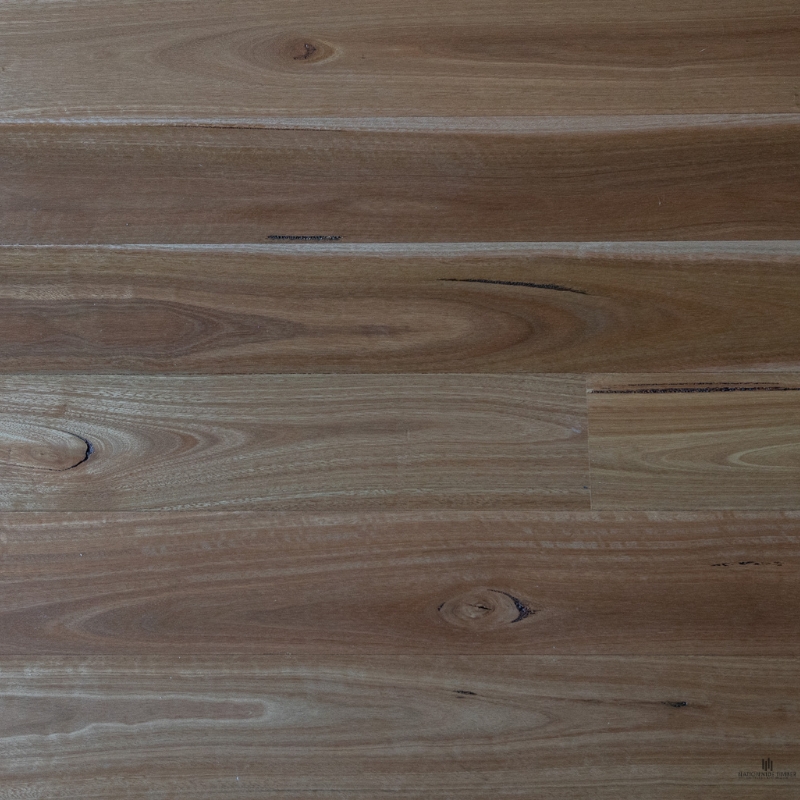
Spotted Gum Standard
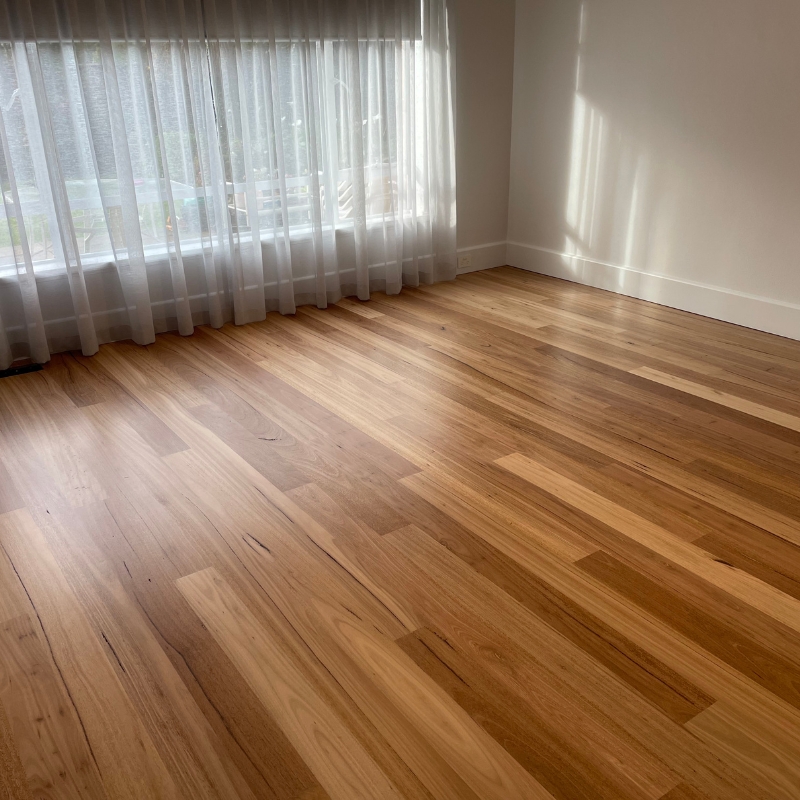
Blackbutt Standard
Standard Grade
AS 2796
Providing a floor that may have significantly more character than a Select Grade floor. To some degree this will depend on the features present in a particular species. In one species gum veins may naturally be prevalent while in another there may be few gum veins but past borer activity may be more prevalent. Therefore, this grade can be expected to have greater character than Select Grade, and contain an increased amount of gum vein, past borer activity, tight knots and natural discolouration.
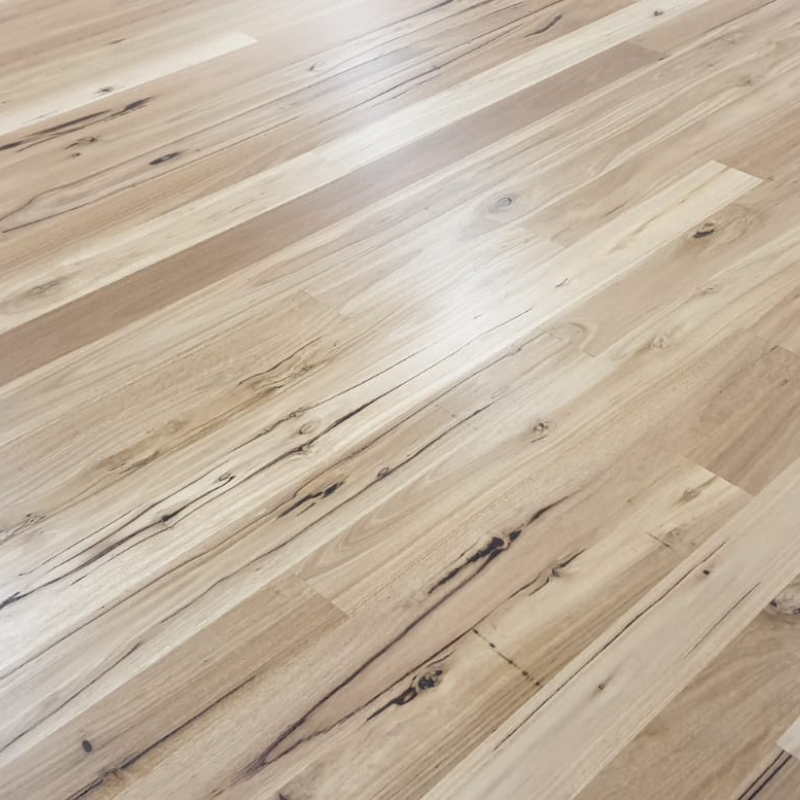
Blackbutt Feature
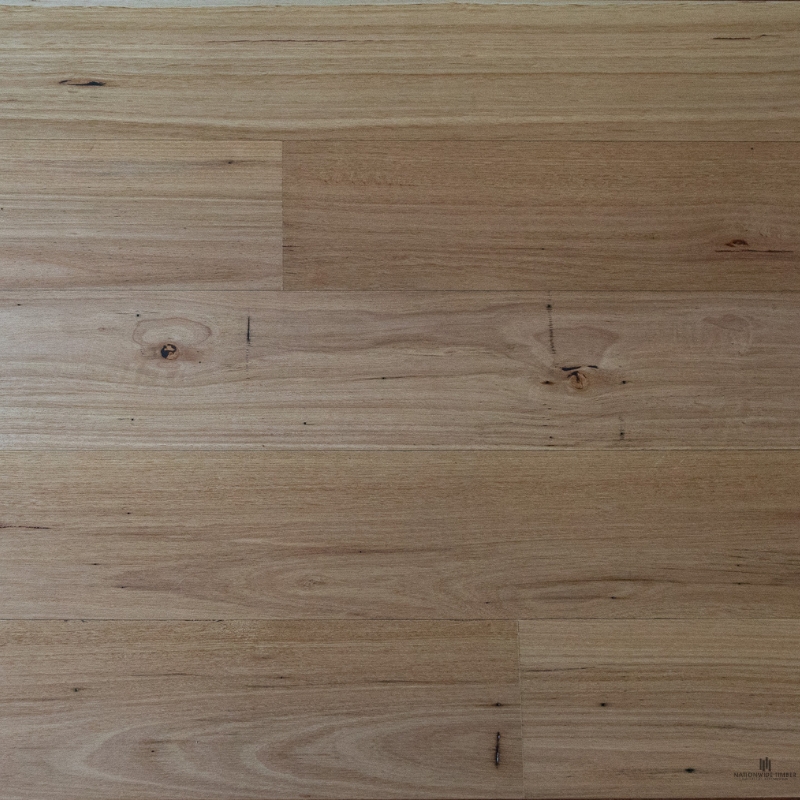
Blackbutt Flooring Feature
Feature Grade
AS 2796
Providing for a floor that contains boards with similar features to Medium Feature – Standard Grade but where the length of features such as gum veins may be longer and past borer activity may be more frequent. Again depending on the species, features will vary and in some instances boards meeting high feature grade may only appear moderately featured.
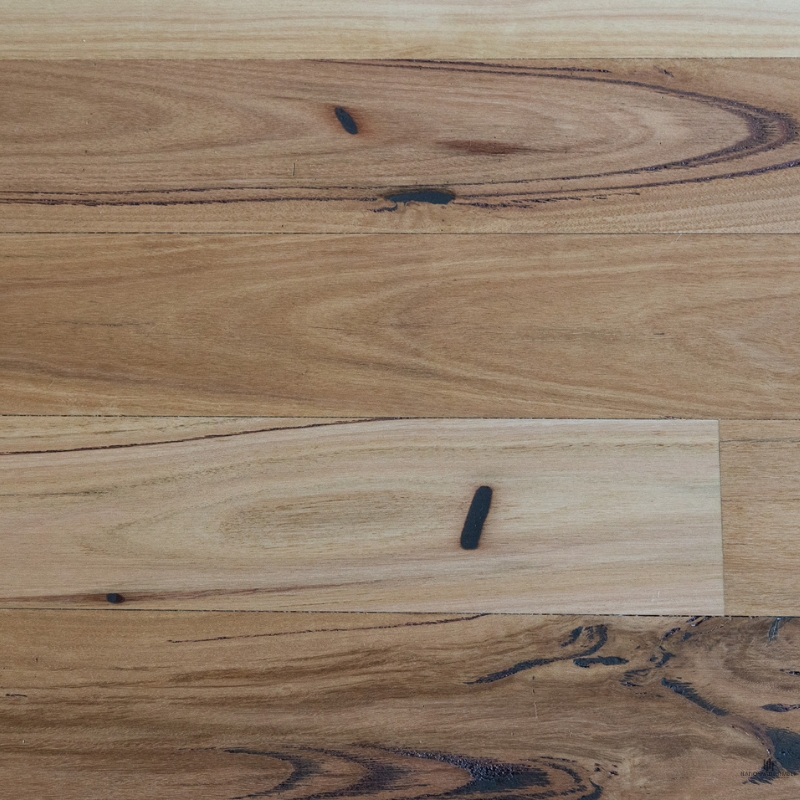
Blackbutt Cover
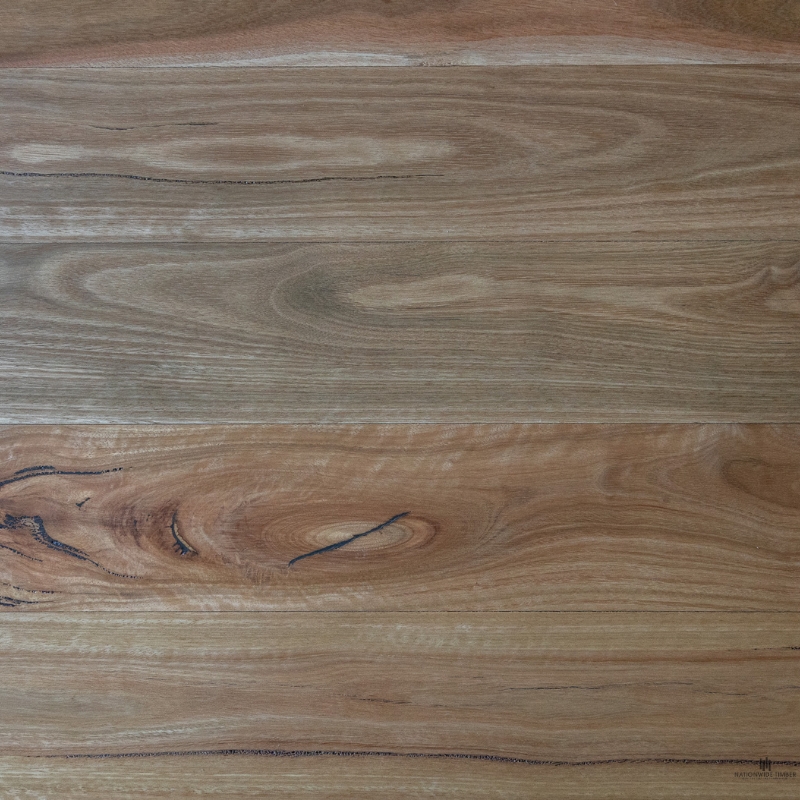
Spotted Gum Cover
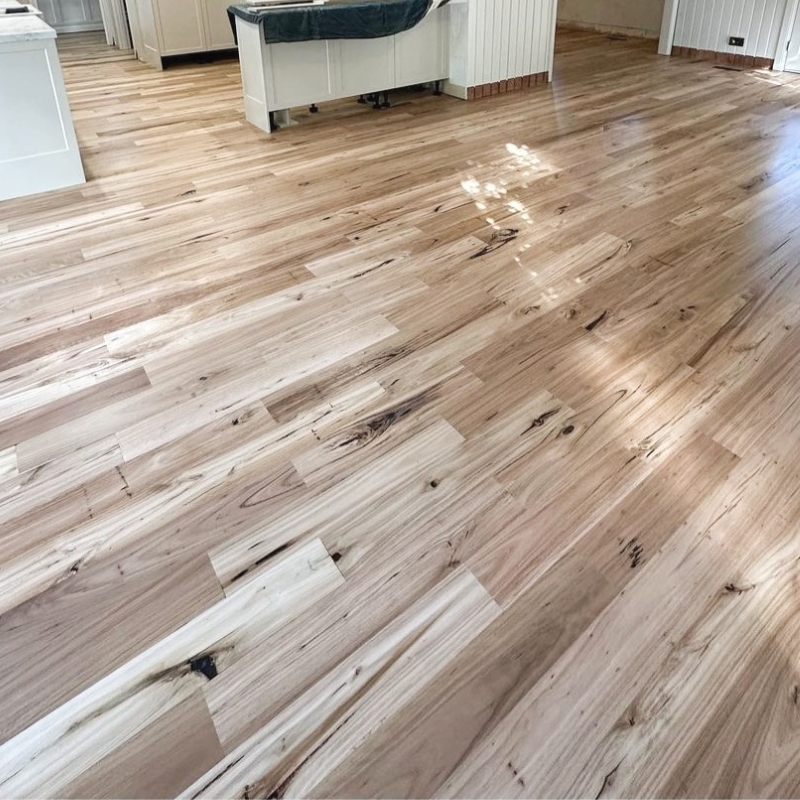
Blackbutt Cover
Cover Grade
AS 2796
This grade contains more than the permissible number of natural features and shorter lengths. Cover grade will contain miss-machining/manufacturing defaults, and can contain large amounts of gum vein, knot holes and other natural features such as holes. This is considered as seconds. The use of application has to be suitable for this product under the customers discretion.
– This is our most popular value for money product.
– Feel free to discuss with our team.
Commonly Used Terminology
Below are the most commonly used terms to describe different natural features and characters found in most timbers.
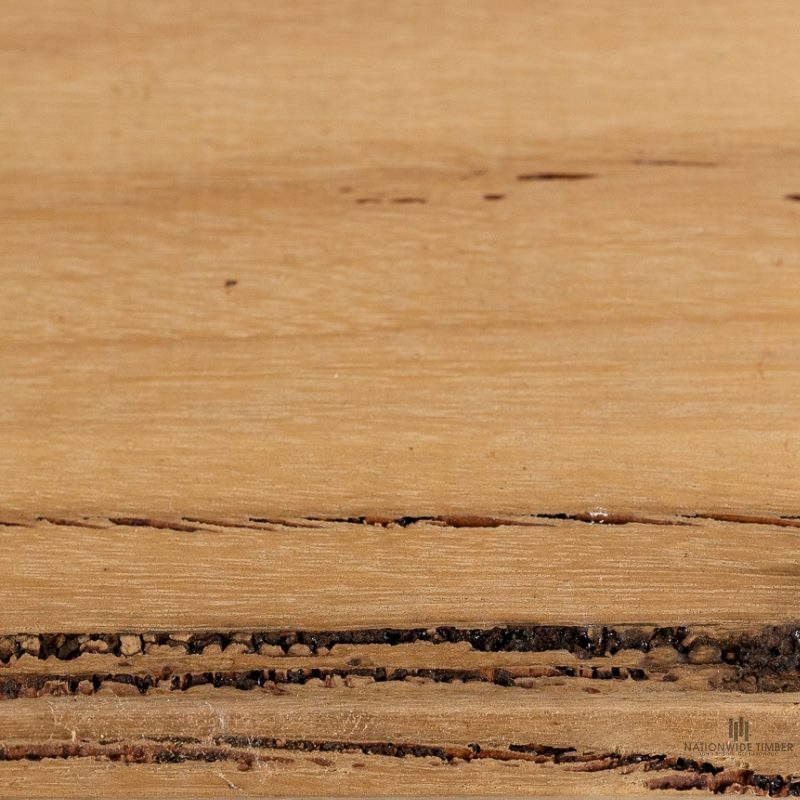
Gum Veins
Gum veins are a common characteristic of most timber flooring. Gum veins refer to the natural streaks or patterns of gum that can be seen in the wood grain, adding to the aesthetic appeal of the flooring. The presence of gum veins can vary, with some species or planks having more prominent or frequent gum veins than others.
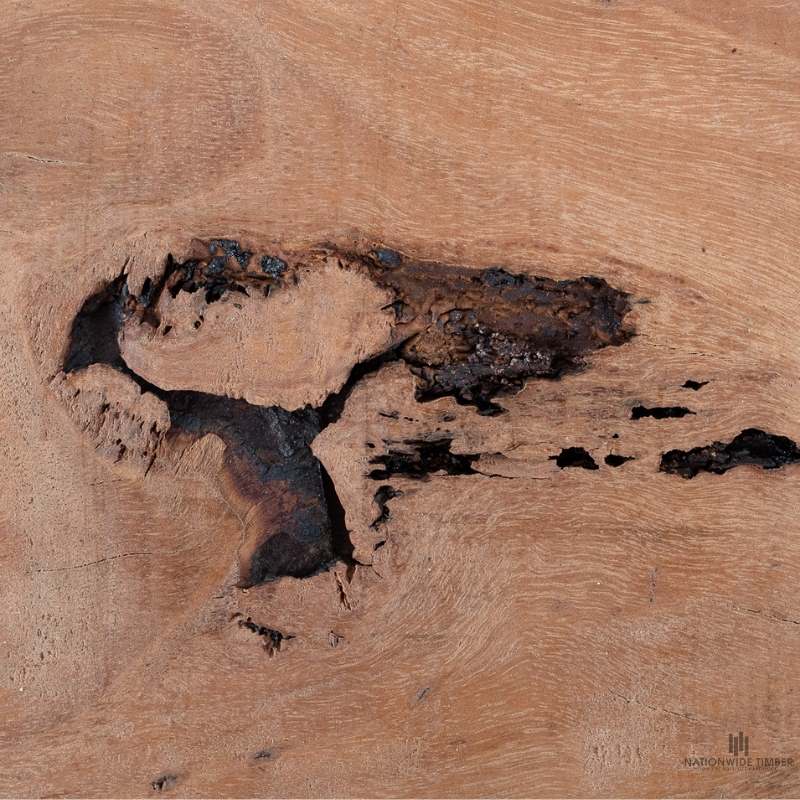
Knots
Knots in timber flooring are the dark rings, circles or holes along the wood grain. They occur when a tree trunk grows around a branch, signifying the point where the two meet and interrupt the tree’s natural granular pattern. Wood knots can be open, closed, sound, unsound, pin, red ring, black ring or cluster knots..
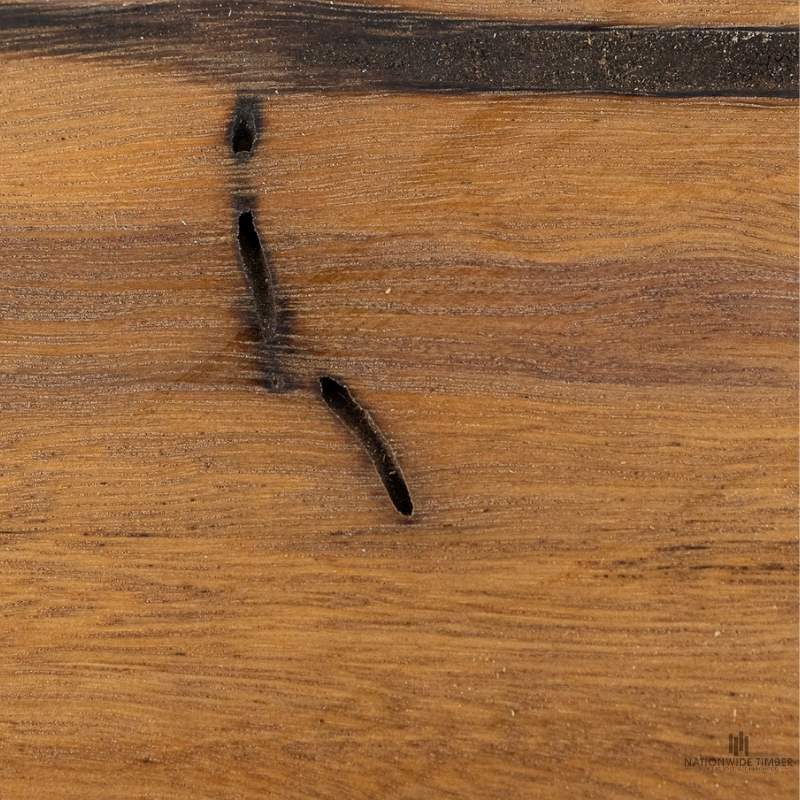
Borer Holes
Borer holes in timber flooring are exit holes made by adult wood boring beetles. Wood borers are a type of beetle. These small insects burrow into the wood, laying their eggs and feed on the timber. Over time, this can weaken the structure of the wood and cause it to become brittle or even disintegrate. These insects do not survive the kiln drying process.
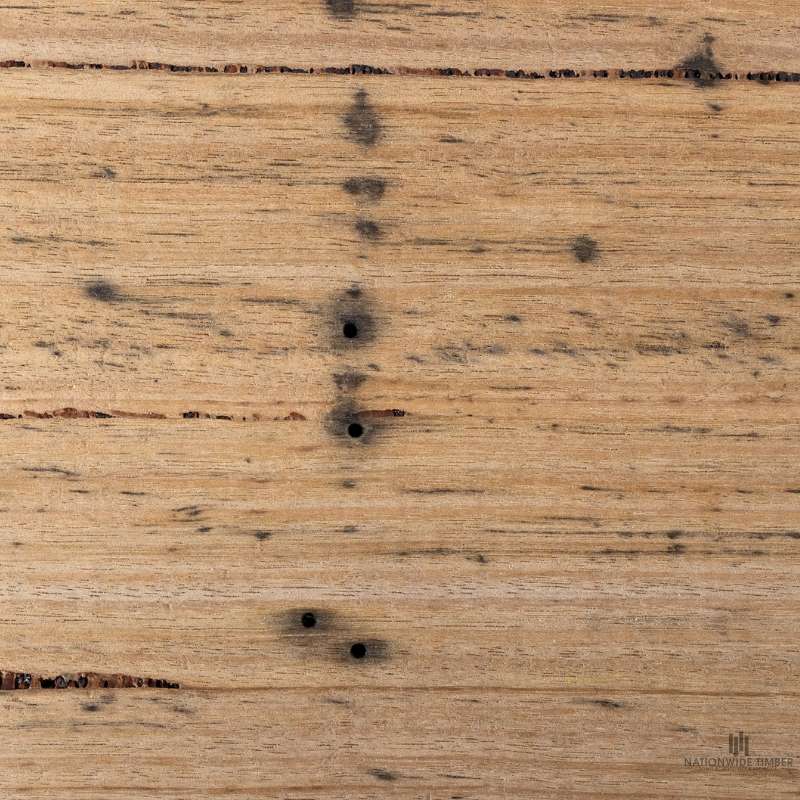
Pin Holes
Pin holes in timber flooring are small blemishes that can form when the finish is applied too thick, trapping solvents that haven't been allowed to escape. They can also be caused by wood-boring insects. To prevent pin holes, it is important to follow the manufacturer's instructions when applying a finish to the timber.
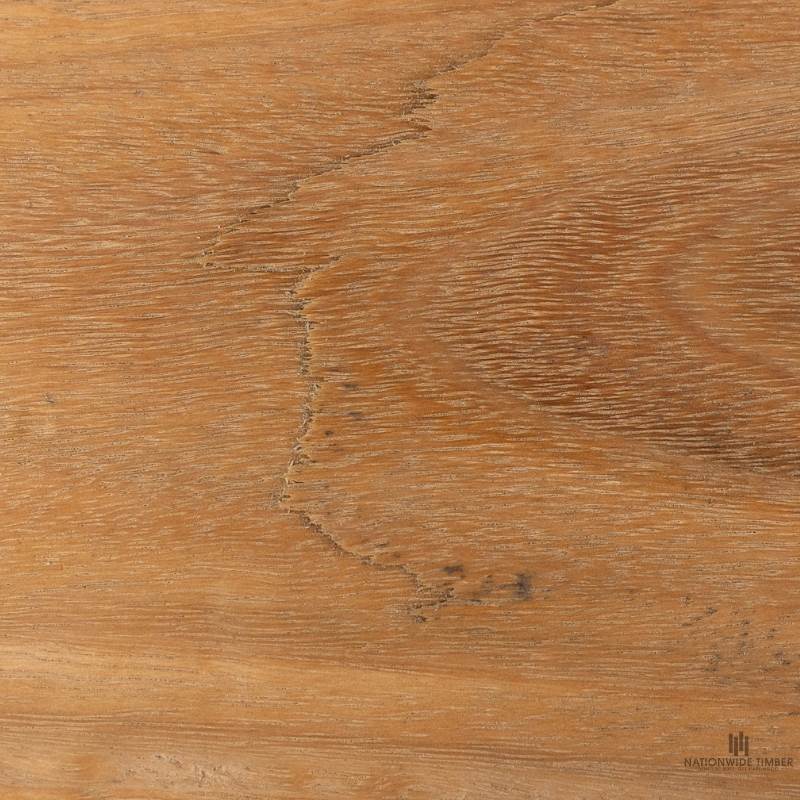
Checking
Checking in timber flooring is a common phenomenon that occurs due to the natural lengthwise fissure of the wood along the grain. It is caused by the change in moisture content, resulting in drying stresses. Checking appears as fine splits on the surface of the timber and does not go all the way through. It is more common in Cedar timbers and can be accentuated by darker stains.
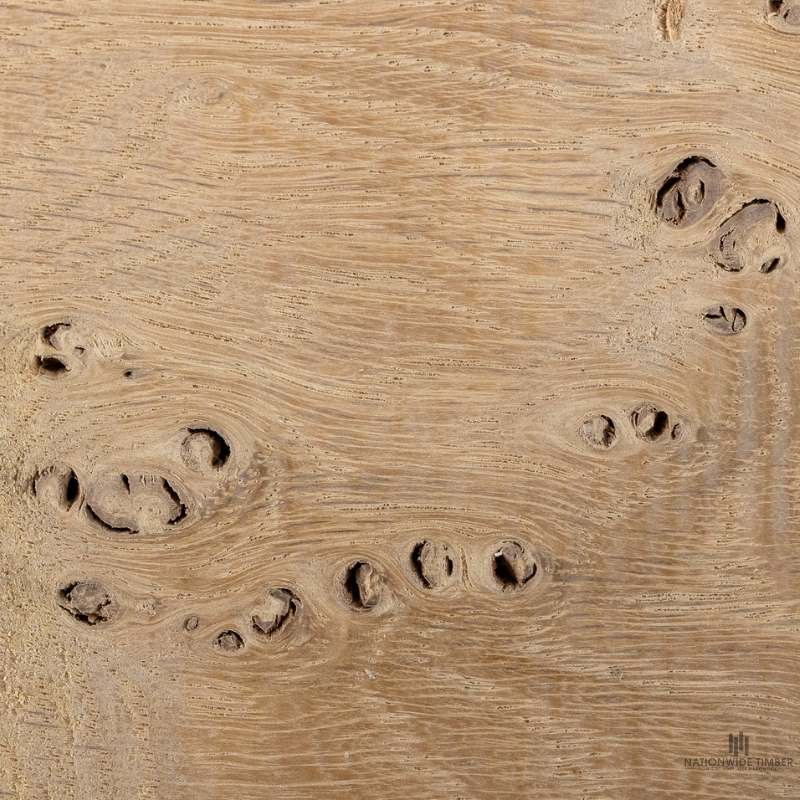
Burr
A burr in timber flooring is a rounded growth that occurs when the grain grows around a foreign object. This leads to the formation of many small knots formed from dormant buds. Burr wood can lead to some stunning grain patterns and are highly sought after.
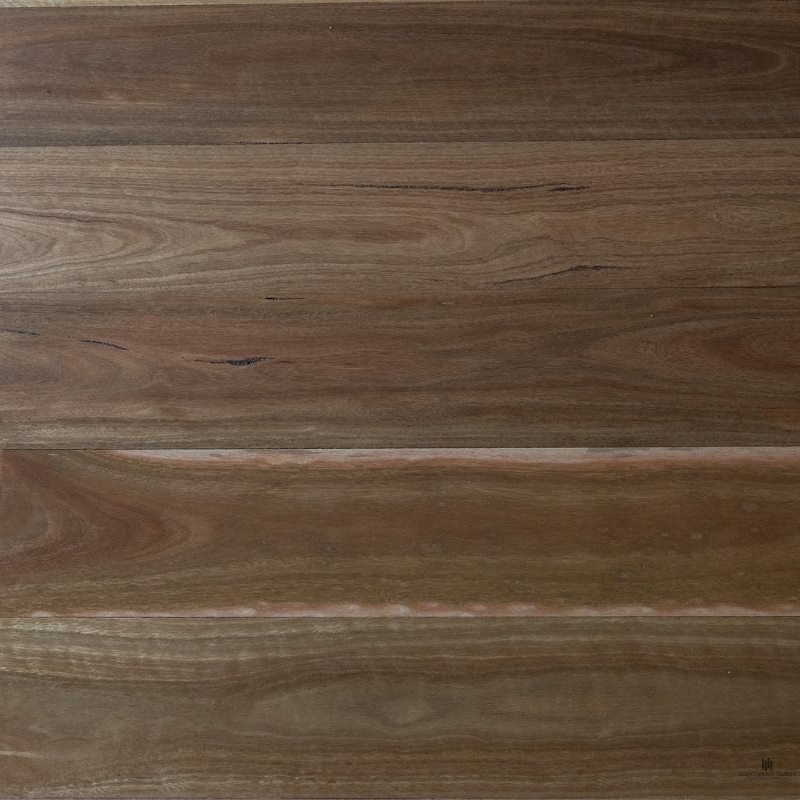
Variation
It's important to consider the level of variation when selecting your species, as it can affect the overall appearance and character of the timber.
Variation in timber flooring refers to the natural differences in appearance that occur within a species of wood. These differences can include:
1. Colour: Variations in tone, hue, and saturation.
2. Grain pattern: Differences in the arrangement and direction of the wood fibres.
3. Texture: Variations in the smoothness or coarseness of the wood.
4. Figure: Unique patterns or shapes within the wood, such as bird's eye or fiddle back.
5. Natural features: Variations in the presence and appearance of natural features like knots, gum veins, and insect holes.
Variation is a natural and inherent aspect of timber flooring, and it can add character and uniqueness to a floor. Some types of Australian hardwoods are known for their high level of variation.
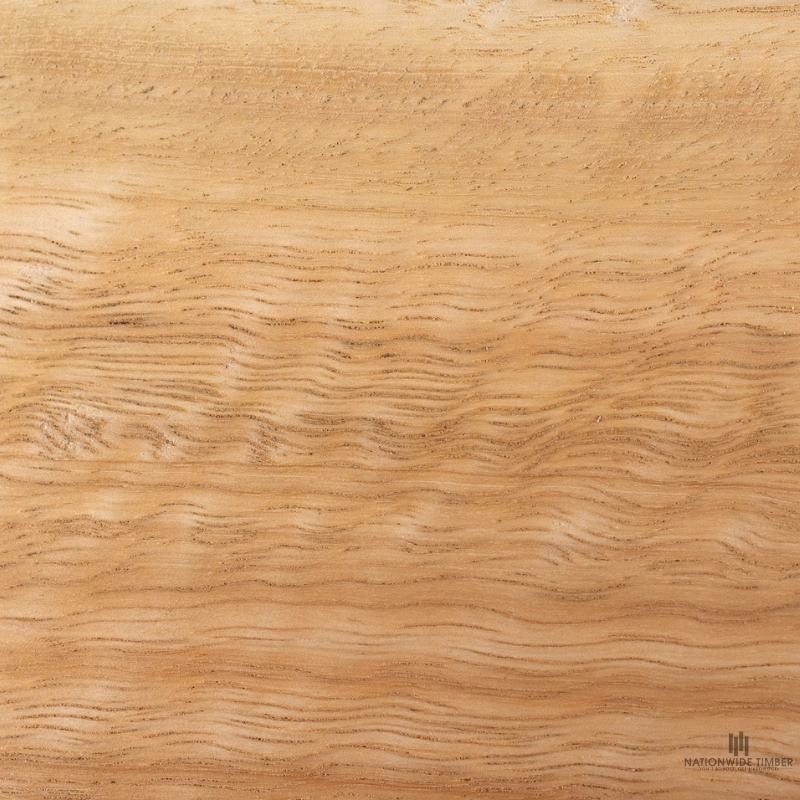
Fiddle back
Fiddle back is a unique and desirable appearance in timber flooring, characterized by:
1. Wavy or curly patterns: The grain of the wood forms a wavy or curly pattern, resembling the curves of a fiddle.
2. Figured grain: The wood has a figured grain, meaning it has a decorative pattern created by the natural growth of the tree.
3. Ripple effect: The wavy pattern creates a ripple effect, adding depth and visual interest to the floor.
4. High lustre: Fiddle back timber often has a high lustre, giving it a shiny and polished appearance.
5. Unique markings: Each board has unique markings, making every piece of fiddle back timber flooring one-of-a-kind.
The fiddle back appearance is prized for its beauty, elegance, and individuality, adding a touch of sophistication to any room. It's often used in high-end flooring applications where a unique and striking appearance is desired.

Grain
There are several types of grain patterns, including:
1. Straight grain: The most common pattern, characterized by a straight and even arrangement of fibres.
2. Wavy grain: A pattern featuring a wavy or undulating arrangement of fibres.
3. Curly grain: A pattern featuring a curly or irregular arrangement of fibres.
4. Interlocked grain: A pattern featuring fibres that alternate in direction, creating a zigzag pattern.
5. Bird's eye grain: A pattern featuring small, rounded knots that resemble bird's eyes.
The grain pattern can affect the appearance of the timber, with some patterns creating a more attractive and desirable appearance than others. Additionally, the grain can also affect the strength and durability of the timber, with some patterns being more prone to warping or splitting than others.
Other Grades
Below are other Grades used to describe the amount of features in timber. These are interpretations of what level of Features you can expect keeping in mind different mills and suppliers may have different descriptions of them.
